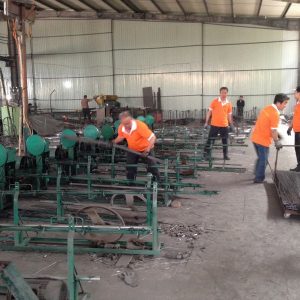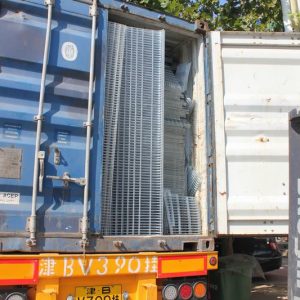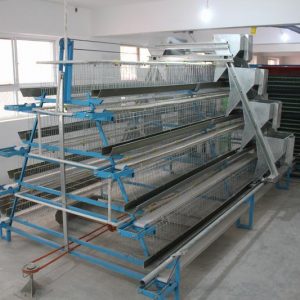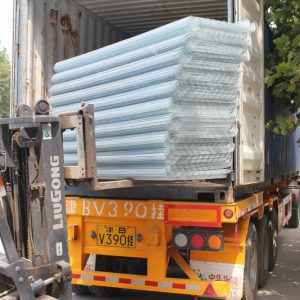
Matters concerning the management of laying hens in autumn
Laying hens are a relatively popular chicken species in China. The market demand for eggs in China is very large, so now the breeding area of laying hens is very large. When we breed layer hens, we should pay attention to adjust the breeding management method according to the seasonal changes. So how to manage after the temperature gradually decreases into the autumn? The following editor will give you a brief introduction to the breeding management of autumn layers, let’s take a look!
1. Feed management
After a long egg laying period and hot summer, the whole body of the chicken is very tired. After entering the autumn, as the temperature gradually decreases, the appetite of the layer will also increase. The amount of food is gradually increased. In order for the laying hens to pass the winter well, autumn is a key period to promote the laying hens to restore their physical strength. In order to allow the chickens to recover as soon as possible, it is necessary to provide them with sufficient nutrition, increase the proportion of energy feed, and add vitamins. Increase the content of vitamin C, vitamin E and other nutrients in the diet.
Second, supplementary light
After entering autumn, the daily sunshine time will gradually decrease. In order to meet the lighting requirements of laying hens, we must pay attention to maintaining the lighting time in the house. It is necessary to supplement the light every morning and evening, usually turn on the light at 5 o’clock every day, and then continue to turn off the light at 21 o’clock every night. After entering the autumn, at least 15 hours of light time should be maintained every day, and the light intensity should be stabilized. The lights should be switched on and off every day to allow the layer to adapt well and wipe the dust on the bulb regularly.
3. Environmental Control
The temperature difference between day and night in autumn is relatively large. Especially in the south, there is often cold air blowing from the north to the south. Therefore, we must always pay attention to the weather changes, and we must pay attention to keeping warm at night. When keeping warm, we should also pay attention to proper ventilation. However, under the premise of guaranteeing the temperature of the house, it is necessary to prevent the chickens from generating stress reactions due to the large temperature difference. At the same time, if the ventilation is poor, the air quality is poor, which may easily cause respiratory diseases in the flock.
4. Immunization and disinfection
Autumn is the peak period of various bacterial activities and the high incidence of various diseases. Therefore, we must also pay attention to the immunization and disinfection work in the autumn, and disinfect the chicken house regularly. Do vaccinations and prepare for laying hens for the winter. After the laying hens have passed the peak egg laying period, their physiques in the fall are relatively weak and prone to various infectious diseases. Therefore, an anti-epidemic injection work should be done in autumn, plus an insect repellent. Make an immunization plan based on the age change of the layer. Finally, the chicken must be properly disinfected. The disinfectant is mainly broad-spectrum, highly efficient and non-toxic.



